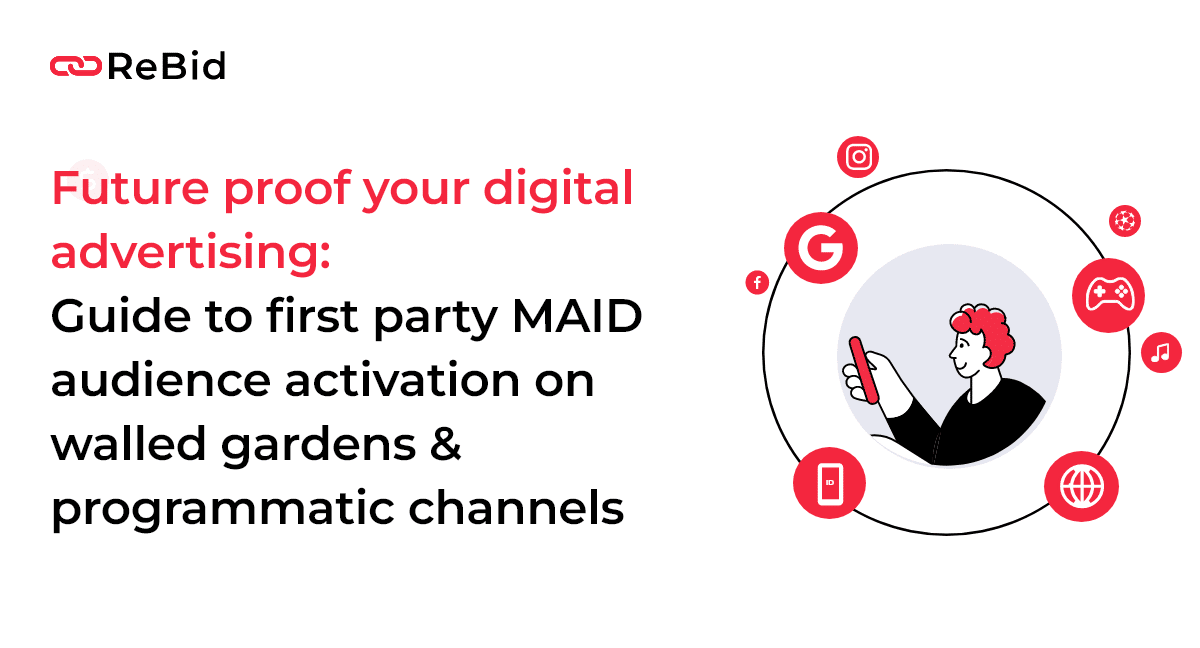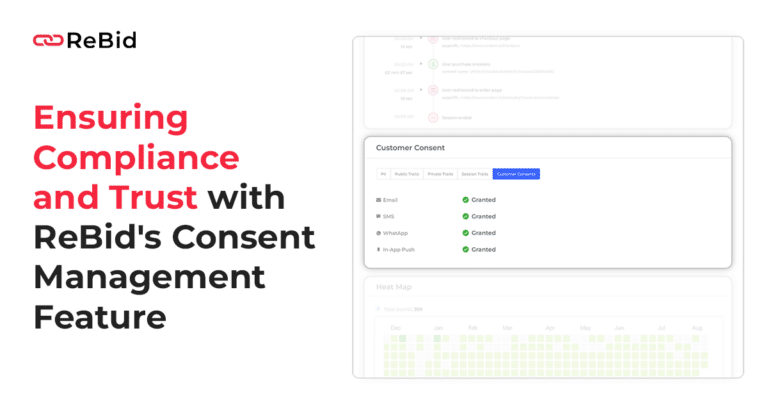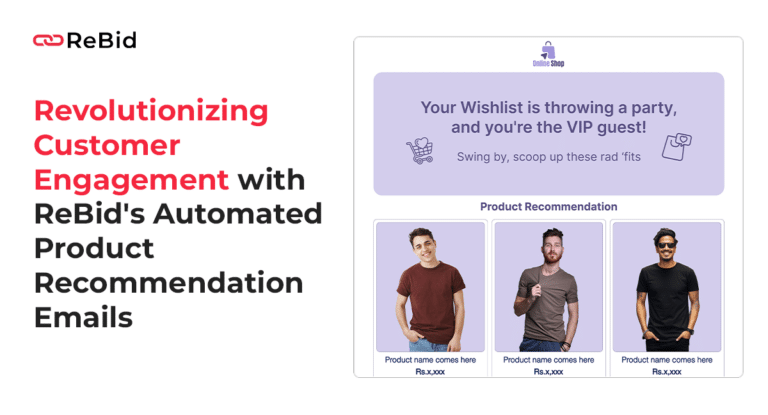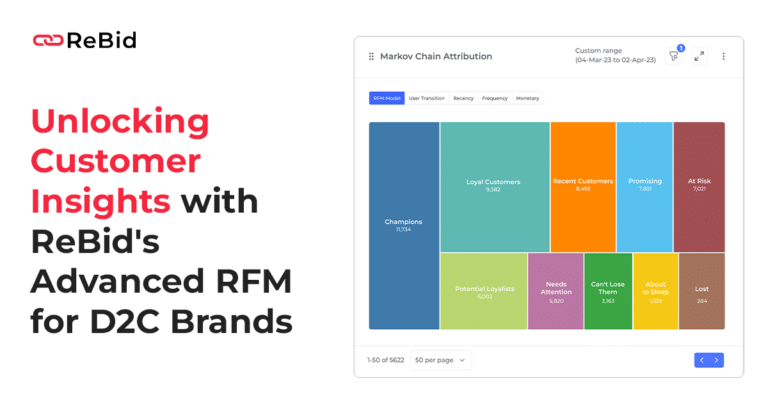Mobile-first buyers make up more than 50% of all online buyers today and the latest reports state that. It’s time marketers looked beyond cookie-cutter (I’m sure you get it!) solutions, to build efficient digital advertising strategies based on Mobile Ad ID (MAID) audience data to achieve the ROAS your business deserves.
As per Statista, mobile accounts for approximately half of web traffic worldwide. In the second quarter of 2022, mobile devices (excluding tablets) generated a staggering 58.99% of global website traffic. This number consistently hovered around the 50% mark since 2017 and permanently surpassed it in 2020.
Source: Statista
But it’s not just that consumers are accessing the internet and your digital platforms from their mobiles. OuterBox finds that almost 80% of consumers made purchases on mobile ecommerce sites in the last six months.
MAID allows your digital advertising to reach users simultaneously or independently with an accurate mobile audience activation approach at the browser and application level. For example, a well-known cookie file follows browser behavior, and a Mobile Ad ID (MAID) tracks application usage, making mobile browsers and in-app the most profitable advertising channels.
With the recent headlines about cookies and their potential deprecation, the advertising community is starting to rely more on MAID. Benefits include:
- A comprehensive view of the mobile target user, creating more personalization opportunities with mobile user identification and tracking features.
- Immense new revenue potential for marketers
So what exactly is the Mobile Ad ID (MAID)?
Every smartphone OS generates a unique identification number, the Mobile Ad ID. Typically, it is a string of random symbols. To monitor the user’s shopping experience and “remember” their decisions, MAID is shared with the application servers that the customer is using.
MAID is buried inside privacy settings and can be restricted or reset. Think of it as deleting all browser cookies and starting over with a clean history.
Android apps use Google Advertiser ID, or GAID, and iOS has Identifier for Advertisers (IDFA). These are random numbers assigned by Google and Apple, respectively, to users’ devices and are the two popular brands of Mobile Advertising IDs.
What role does mobile device ID play in mobile audience activation?
Device IDs are essential for collecting and targeting customers if you want to reach a mobile audience. Mobile advertising relies on MAIDs, and desktop advertising depends on cookies. Mobile advertising tracking makes it possible to link user-specific information like language, location, and frequently used apps to a specific mobile ID. These connections make it easier to segment and target specific cohorts, such as those who are frequent classical music listeners, frequently visit retail malls, or are connoisseurs of online shopping.
Monitoring mobile advertising lets advertisers keep tabs on the behavior of individuals who viewed the customized ads. Advertisers can measure conversion, alter frequency capping, and optimize channel spending to improve mobile advertising campaign effectiveness.
MAID audiences: Mobile ID-based targeting and messaging
Hyper-accurate targeting is vital for marketers to run successful mobile ads and campaigns. So, how can marketers reach relevant consumers on mobile devices?
Audience data for mobile devices and desktops is quite similar. The only distinction is in the IDs that link individuals to specific actions, cookies for desktops, and MAID for mobiles. Typically, marketers utilize DSPs to purchase mobile audience data to target customers.
Machine learning algorithms analyze mobile data to segment consumers into interest- and intent-based segments. By looking up your target consumers’ interests or purchase intentions, you can select specific mobile audiences for your digital campaigns.
ReBid’s intelligent segmentation based on ML algorithms ensures that you get a niche audience segment based on the custom attributes you create using the simple UI-based no-code workflow within minutes. A task that many vendor partners typically spend days on.
Almost all ad platforms allow MAIDs for audience growth and targeting, whether you run advertisements on walled gardens or partner with a demand-side platform for programmatic ads.
The robust network of data partner integrations on ReBid enables digital advertisers to create bespoke mobile audience segments for their campaigns, even when they are not sure about the correct segment. ReBid then ingests MAIDs onto our CDP – ReBid Insights – to enrich customer profiles with new and relevant attributes and give you a holistic view of each targeted customer.
Then, the ReBid suite activates these enriched profiles to target hyper-accurate customers across digital advertising channels:
ReBid works closely with customers – the advertisers and brands – to create ideal customer segments for specific campaign objectives. Check out some mobile-based audiences you can reach with ReBid.
How to utilize MAID audience on social media channels
Digital Advertising space is always growing and a marketer needs to have an omnichannel approach to get higher ROAS. With ReBid an advertiser can not only create campaigns from one dashboard across all social, search and programmatic channels but also have the ability to track live campaigns and get a unified reporting of all campaigns.
Digital advertisers can use MAIDs to create custom audiences on ReBid for their advertising campaigns across all major social media platforms, including Facebook, Instagram, Twitter and LinkedIn.
Follow these instructions on uploading MAID CSV files to create a bespoke audience on each social media ad platform:
Facebook & Instagram: These platforms let you create Custom Audience if you own the ad account connected to Meta Business Manager or the owner has provided you with either admin or advertiser permissions.
Through ReBid, you can provide enriched audience data to Meta, and they match that data with Meta profiles to create a Custom Audience segment. In addition, meta uses “identifiers” from client lists, such as email addresses, phone numbers, and addresses, to help you locate the target markets for your ads.
Your MAID list can be a CSV or TXT file. Meta recommends using as many identifiers as possible while adhering to their formatting requirements to achieve the best matches. Read more here
Twitter: Twitter offers three kinds of Custom Audiences, one of which is lists. These lists can be created by uploading a file containing your user and customer information. Twitter pairs your customer lists with @handles on Twitter, allowing you to target them in campaigns, making your ads extremely relevant and contextual and achieving better ROI. Read more here.
LinkedIn: This platform lets you create lists of businesses, organizations, or email contacts as the foundation for custom audience segments. LinkedIn’s additional demographic targeting, job function, seniority, and geographies further sharpen your targeting. Read more here.
Google Ads, however, prohibits bespoke audiences and does not accept any third-party data. Google’s search engine marketing or sponsored search is based on user intent and keywords, not predefined attributes or demographics.
But Google addresses this restriction on its Google Marketing Platform, previously known as DV360. The platform accepts bespoke or custom audiences, including CSV-format MAID files.
Speak to our experts to know how ReBid ensures that you have access to the most relevant and privacy-compliant audience data at all times through continuous profile enrichment.
The expected match rate for your MAIDs list on any social ad platform ranges between 60% and 85%. This means as many as 60-85% of the mobile ad IDs on your list will be linked to users with social media accounts. Continuous profile enrichment on ReBid helps to keep user data relevant. It helps in improving match rates by adding more attributes to each profile.
With ReBid, reach your mobile audience efficiently
The first stage of a successful digital advertising campaign is identifying your target audience among all internet users.
High-quality mobile data from a trustworthy source enables distinguishing user devices so that your advertising budget is focused and your ROI is assured.
To efficiently reach mobile consumers and boost your ad effectiveness, get in touch with your Unified Madtech solution – ReBid today.





